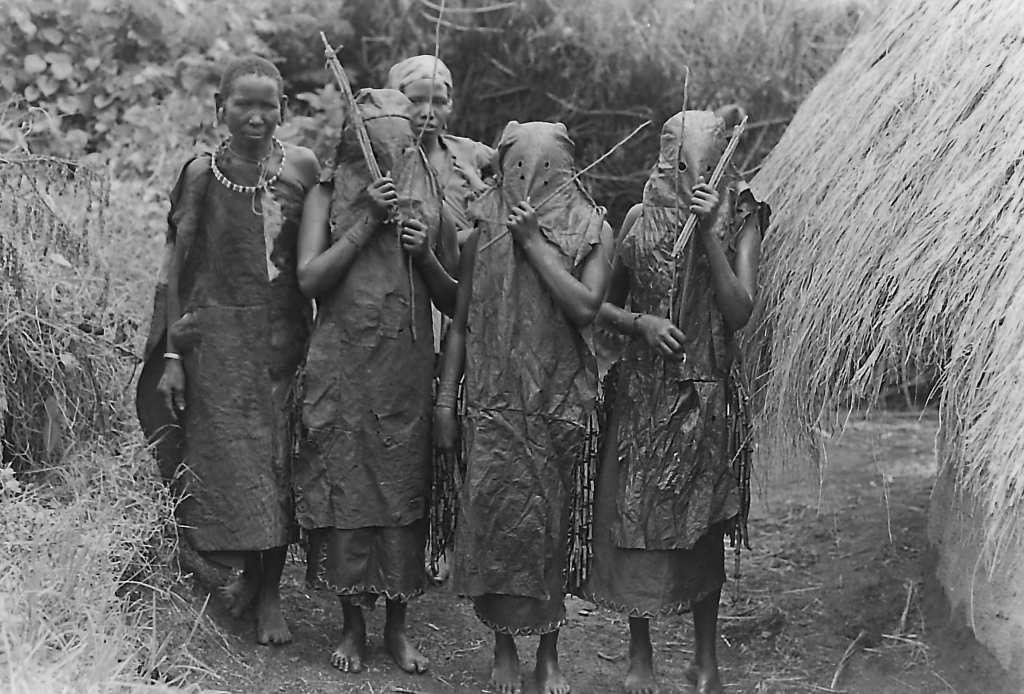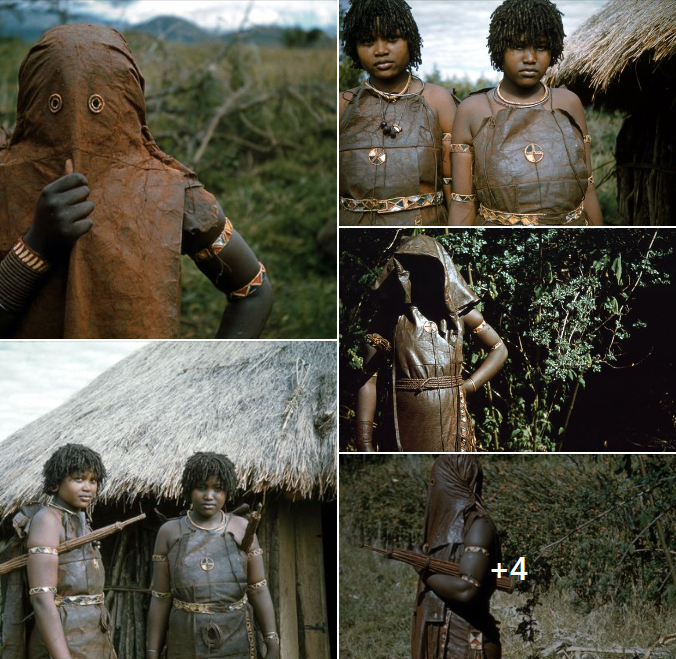Traditionally, initiation within Kipsikis culture was not solely a male domain. Female torusiek underwent their distinct rites, which, although different in practice from those of their male counterparts, were essential in ushering them into womanhood. Rooted deeply in tribal beliefs, these ceremonies were imbued with layers of symbolic meaning reflecting views on gender, responsibility, and community (Barton, 1923).
The initiation of female torusiek was a community-centric event that emphasized the future roles these young women would play as custodians of fertility and domestic life. Contrasting with the physically grueling tests characteristic of male initiations, female rites focused more on endurance, patience, and the skills necessary to uphold and nurture family and community life.
Ceremonies and Symbolism
The initiation ceremony for female torusiek was rich in rituals, including songs, dances, and the imparting of knowledge by older women. These elders taught the initiands about marital responsibilities, motherhood, and herbal lore crucial for nurturing health and healing within their families. This period of learning was about practical skills and instilling a sense of duty and connection to their cultural heritage.

A significant aspect of the ceremony involved seclusion from the main community, where the initiands learned the virtues of womanhood. This seclusion mirrored the isolation seen in male rites but was tailored to reflect the distinct path these young women would walk. They emerged from seclusion adorned in special beads and garments that signified their readiness to assume new social roles. These adornments, rich in cultural significance, represented virtues such as fertility, wisdom, and strength (Barton, 1923).
The Role of Female Torusiek in Kipsikis Society
Once initiated, female torusiek held a status that commanded respect within their community. They were viewed as ready for marriage and motherhood, equipped with the knowledge and skills necessary to manage households and contribute to community cohesion. Their initiation marked a rite of passage that strengthened social bonds and reinforced the fabric of Kipsikis society.

Historical Challenges and Changes
Despite deep-rooted traditions, the role and recognition of female torusiek faced challenges, especially as modern influences seeped into traditional lifestyles. Education, access to healthcare, and increased awareness of gender equality shaped new perspectives among younger generations of Kipsikis women. Many navigated the delicate balance between upholding traditional practices and embracing the opportunities modernization brought.
Conclusion
The initiation of female torusiek in the Kipsikis tribe was a profound testament to the resilience and richness of their cultural practices. It highlighted the tribe’s recognition of the pivotal role women played in the sustenance and perpetuation of community life. As gatekeepers of tradition and agents of change, these women forged a path that respected their heritage while adapting to the evolving world. Their initiation was not just a personal milestone; it was a celebration of life, community, and the enduring spirit of the Kipsikis people.

References
Barton, J. (1923). Notes on the Kipsikis or Lumbwa Tribe of Kenya Colony. The Journal of the Royal Anthropological Institute of Great Britain and Ireland, 53, 42-78.

